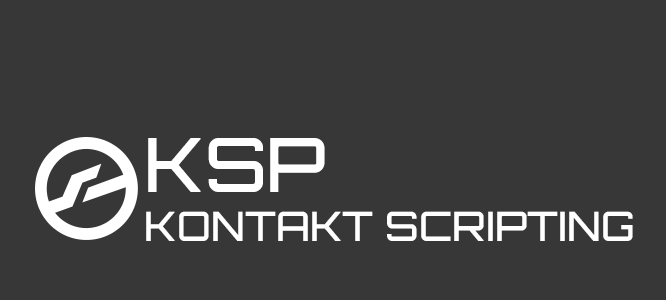In this Complex User Interface tutorial we will build a fully functional UI with multiple Screens: main screen, FX screen and about screen. Whereas the FX screen holds a sub menu for two different FX: a LoPass filter and a LoFi FX.
Please accept YouTube cookies to play this video. By accepting you will be accessing content from YouTube, a service provided by an external third party.
If you accept this notice, your choice will be saved and the page will refresh.
